When shopping for handmade jewelry, it’s important to recognize the signs of poor craftsmanship. While handmade pieces can be beautiful and unique, they can also reveal flaws if not made with care. Knowing what to look for can help you avoid low-quality items and ensure you’re getting jewelry that lasts. In this article, we’ll highlight the key warning signs of poor craftsmanship so you can shop with confidence.
Uneven Soldering

If the soldering in a handmade jewelry piece is uneven, with visible lumps or bumps, it indicates poor attention to detail. Clean solder joints should be seamless, holding the piece together securely without obvious excess. This can also lead to weak points in the jewelry, making it more likely to break over time.
Loose Stones
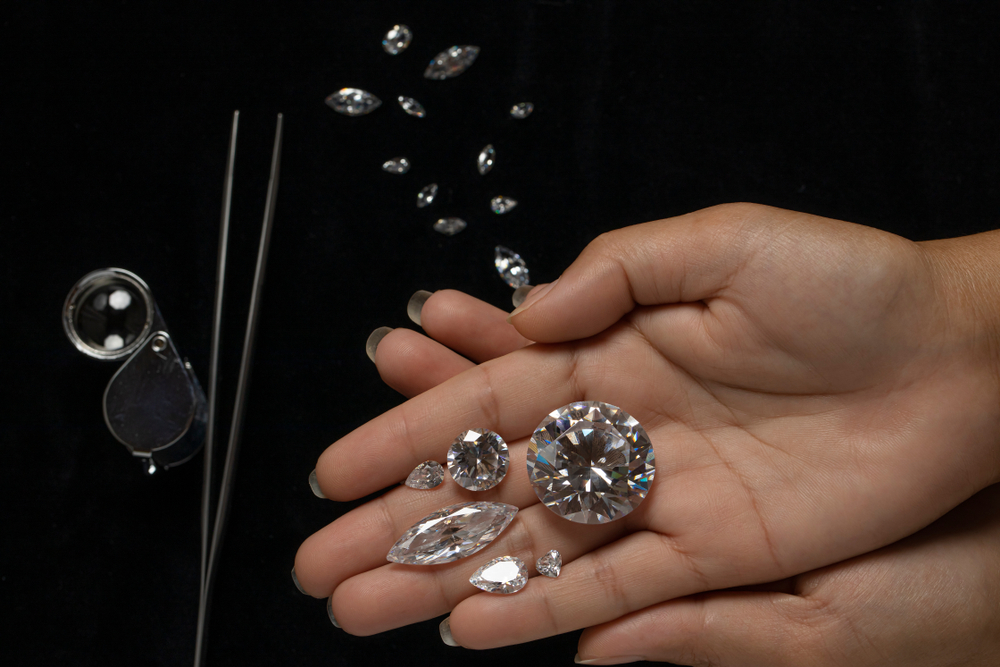
Stones should be securely set in place. If you can move or jiggle the stone with your finger, it’s a clear sign of poor craftsmanship. Well-crafted settings, such as prong or bezel settings, are designed to grip the stone firmly, preventing it from falling out.
Asymmetrical Components
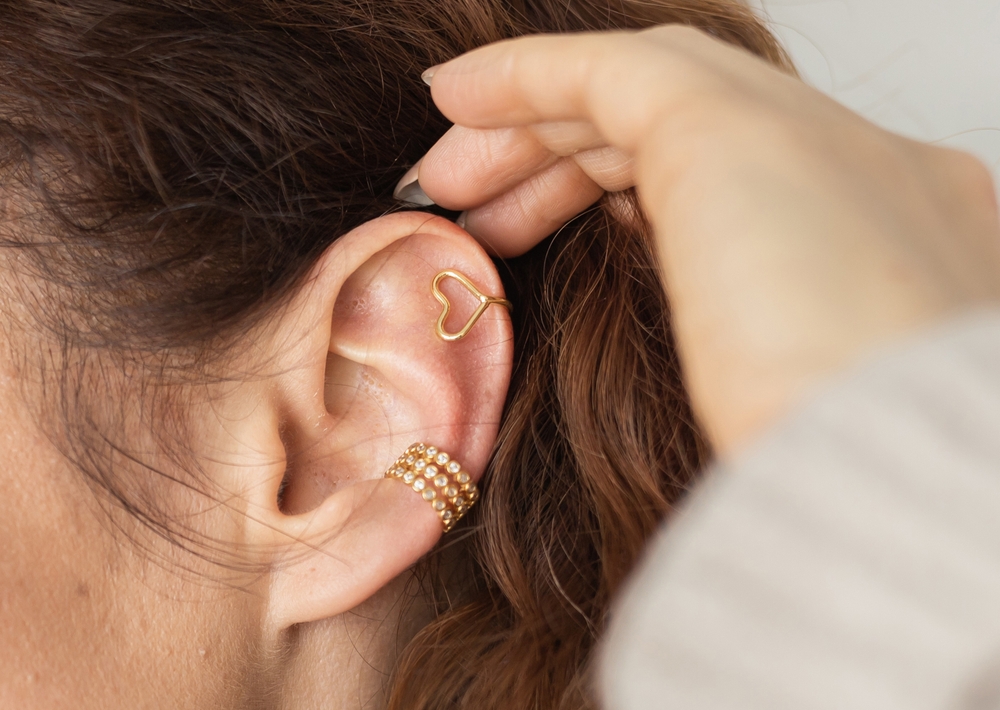
Unless the design is intentionally asymmetrical, all components in a handmade jewelry piece should be even and balanced. Uneven earrings, rings, or pendants can indicate a lack of precision, suggesting the maker did not use proper tools or techniques to measure and align parts.
Visible Glue

High-quality handmade jewelry rarely uses glue. If glue is visible around stones or connecting parts, it signals poor craftsmanship. Instead of using adhesives, proper craftsmanship involves secure settings or soldering to hold the pieces together without the need for glue.
Jagged or Rough Edges

Jewelry should be smooth to the touch, especially around edges. Rough, sharp, or jagged edges can be uncomfortable to wear and indicate that the piece hasn’t been properly filed or finished. Proper craftsmanship requires polishing to ensure every part of the piece is wearable and comfortable.
Inconsistent Chain Links
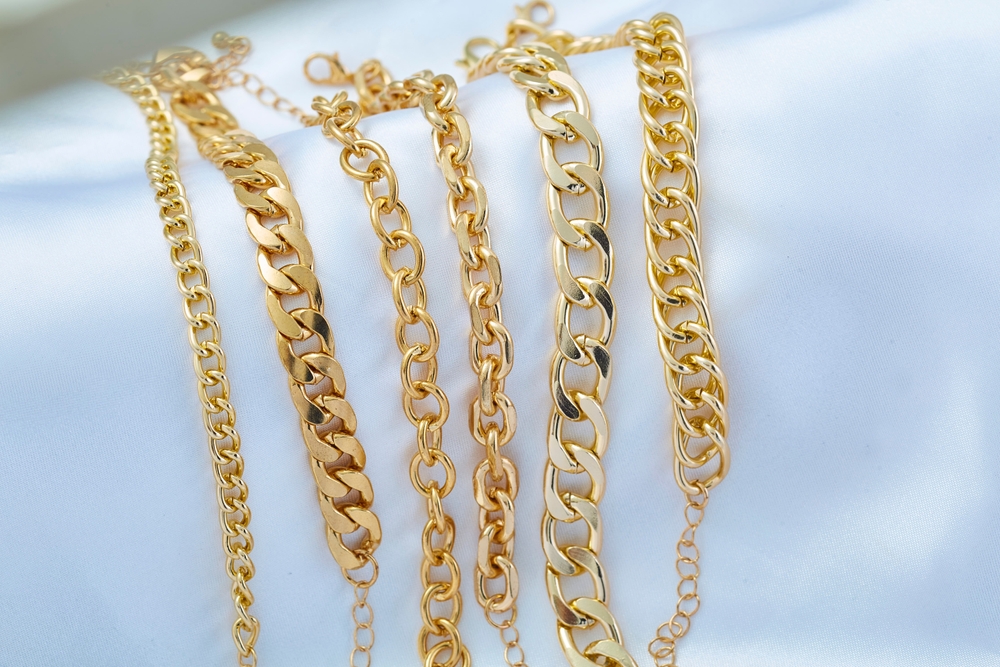
A well-made chain will have uniform links with even spacing. Inconsistencies in link size or gaps between links suggest poor craftsmanship and could lead to the chain breaking easily. Handmade chains require precise techniques to ensure each link is strong and identical.
Misaligned Clasps
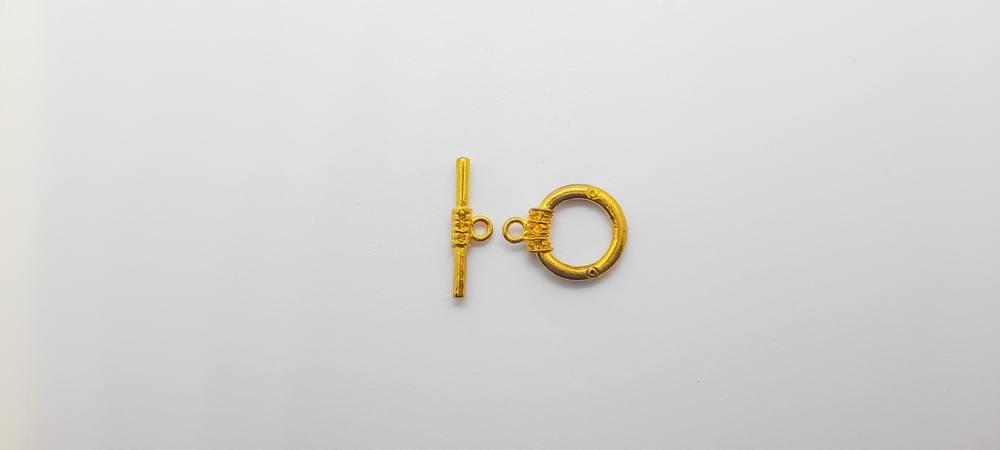
Clasps are crucial for securing jewelry, and a poorly aligned clasp is a red flag. If the clasp does not close properly or appears crooked, it may eventually fail. High-quality jewelry uses clasps that are both functional and durable, with smooth operation.
Dull Finish
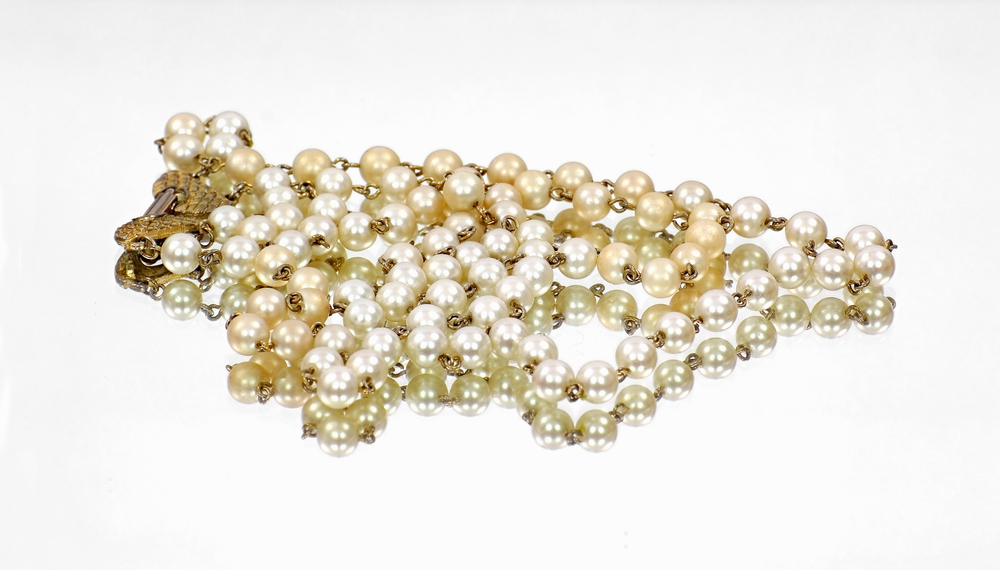
Handmade jewelry should have a well-polished, bright finish unless the design is intentionally matte. A dull, scratched, or tarnished appearance may suggest shortcuts in the finishing process, reducing the piece’s aesthetic appeal and longevity.
Uneven Patina
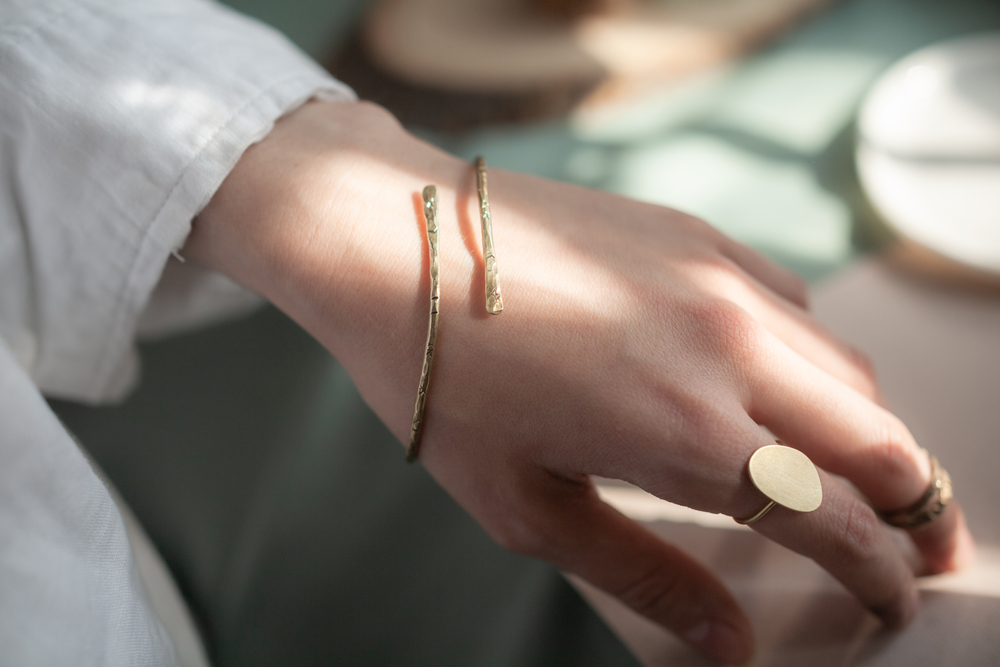
A patina finish is often used to give jewelry an aged or antique look, but it should be applied evenly. An uneven patina, with darker or lighter spots in unintended areas, can detract from the piece’s design and show a lack of expertise in finishing techniques.
Thin or Fragile Metal
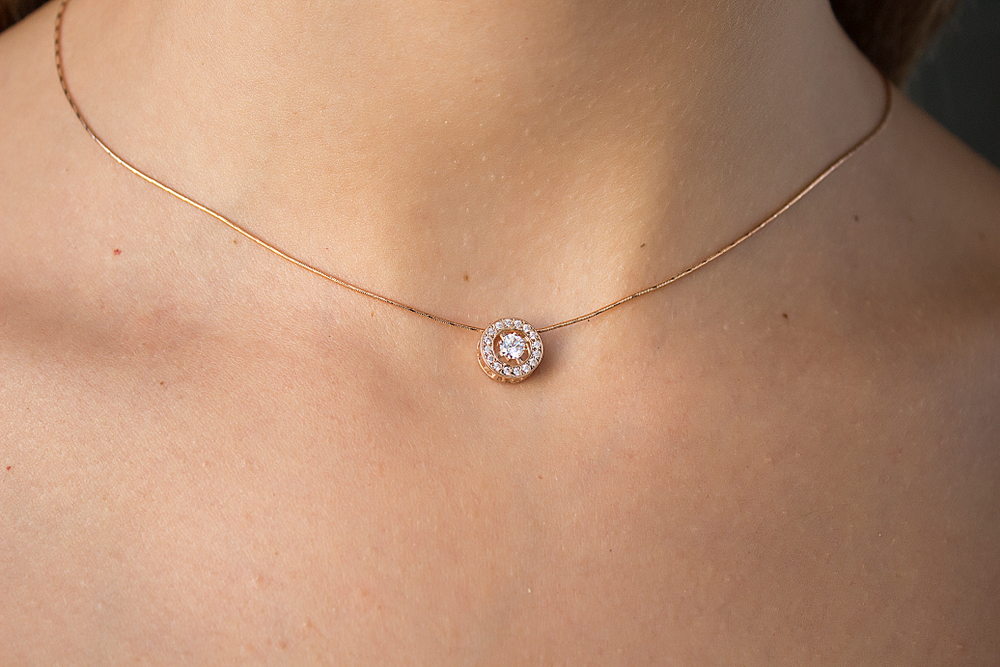
Jewelry made from overly thin or flimsy metal is prone to bending or breaking. A hallmark of poor craftsmanship is using low-quality materials that lack durability. Thicker, properly worked metals provide structural integrity and ensure the piece will withstand regular wear.
Inconsistent Wire Wrapping
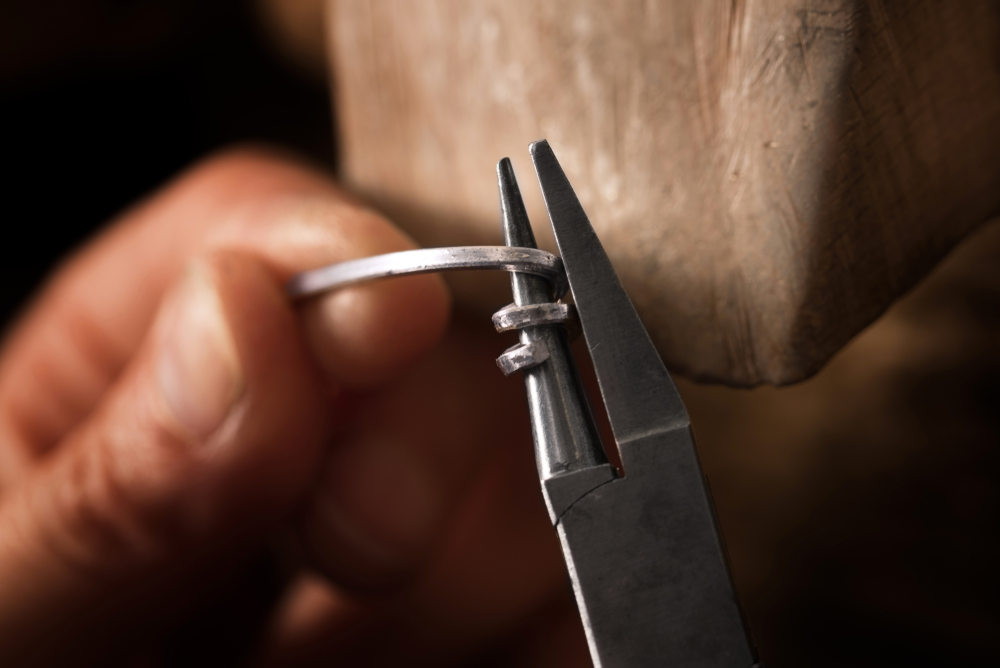
In wire-wrapped jewelry, the wire should be tightly and evenly coiled around the stones or base. If the wraps are loose, uneven, or have gaps, it indicates poor technique. Quality wire wrapping requires skill and precision to create a clean and professional look.
Improperly Drilled Holes
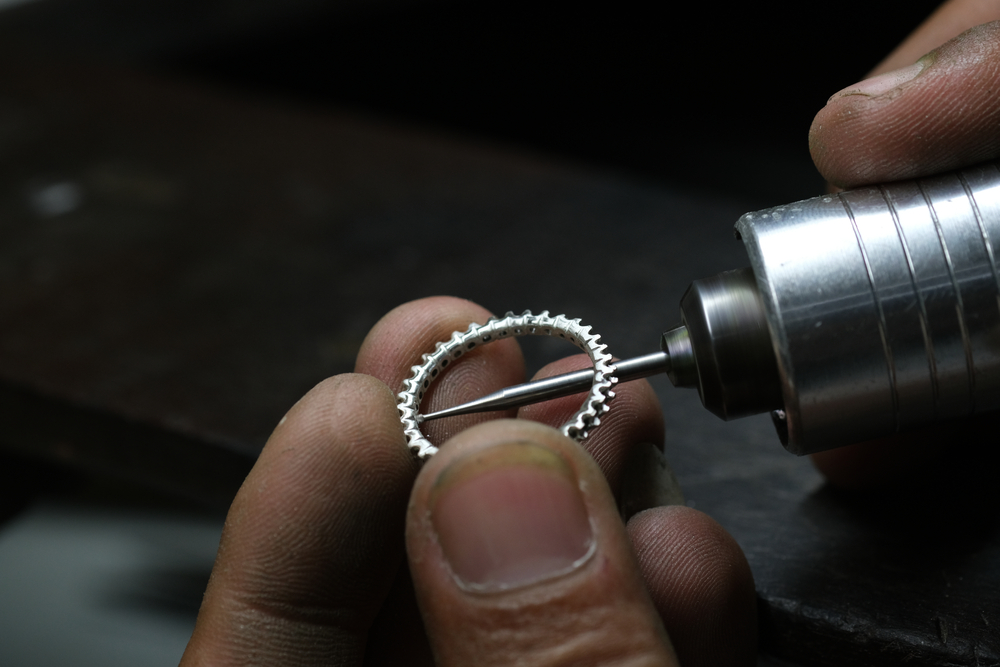
In pieces where beads or stones are drilled, the holes should be clean and centered. Off-center or crooked drill holes can weaken the stone and throw off the balance of the design. Precision drilling is essential to ensure the durability and aesthetics of the piece.
Rough Solder Joints
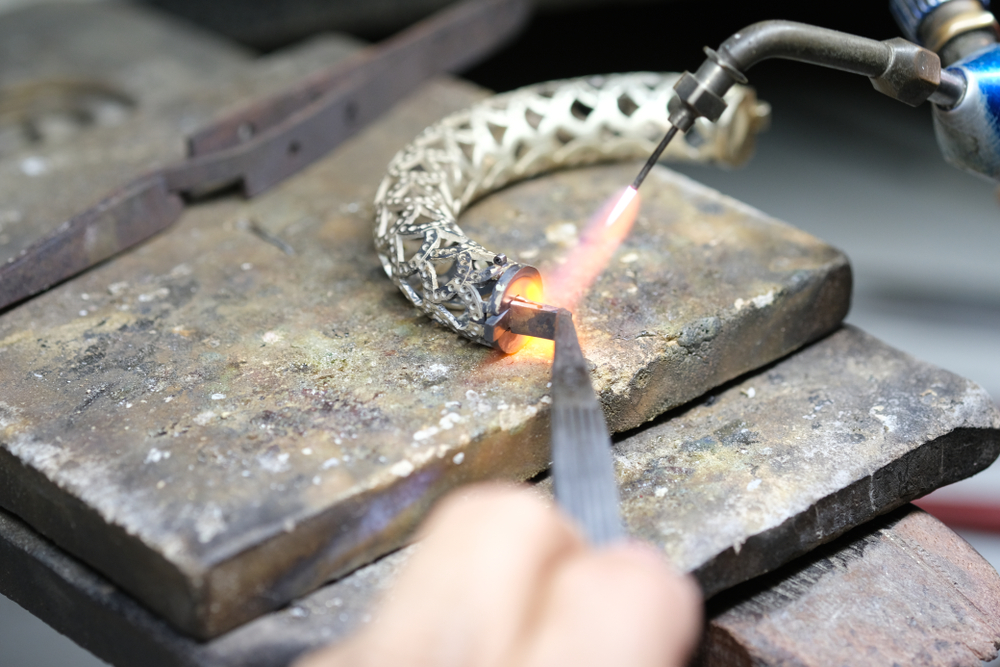
Solder joints in handmade jewelry should be smooth and invisible. Rough, uneven, or excessively large solder joints can detract from the beauty of the piece and may indicate shortcuts in the construction process. Quality craftsmanship ensures that joints are discreet and secure.
Weak or Broken Jump Rings
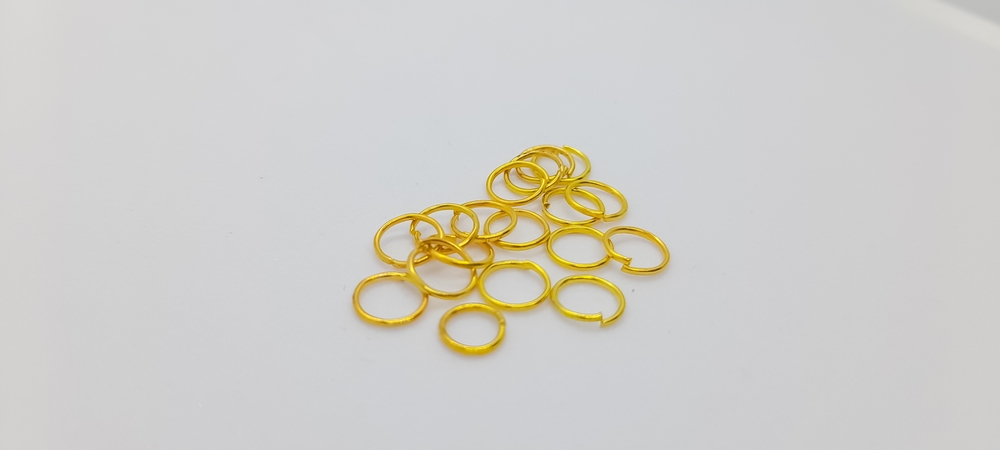
Jump rings connect different parts of jewelry, and they need to be strong and properly closed. If a jump ring is visibly open or weak, the piece is likely to fall apart during wear. A well-made jump ring should have a seamless connection without gaps.
Inconsistent Stone Cuts

Stones in handmade jewelry should be uniformly cut, especially if the design uses matching stones. Inconsistent stone shapes or facets can suggest the use of lower-quality materials or a lack of care in the selection process. High-quality craftsmanship ensures precision in stone cutting.
Uneven Surface Texture

Some jewelry designs feature textured surfaces, but these textures should be even and intentional. If the surface is unintentionally rough or inconsistent, it indicates poor attention to detail. The texture should enhance the design, not make it feel unfinished.
Loose or Crooked Settings

A stone that sits crooked in its setting is a major red flag. Whether it’s a prong, bezel, or channel setting, the stone should be level and secure. Crooked settings can lead to stones falling out and are a clear sign of inexperience or rushed work.
Tarnished Metal
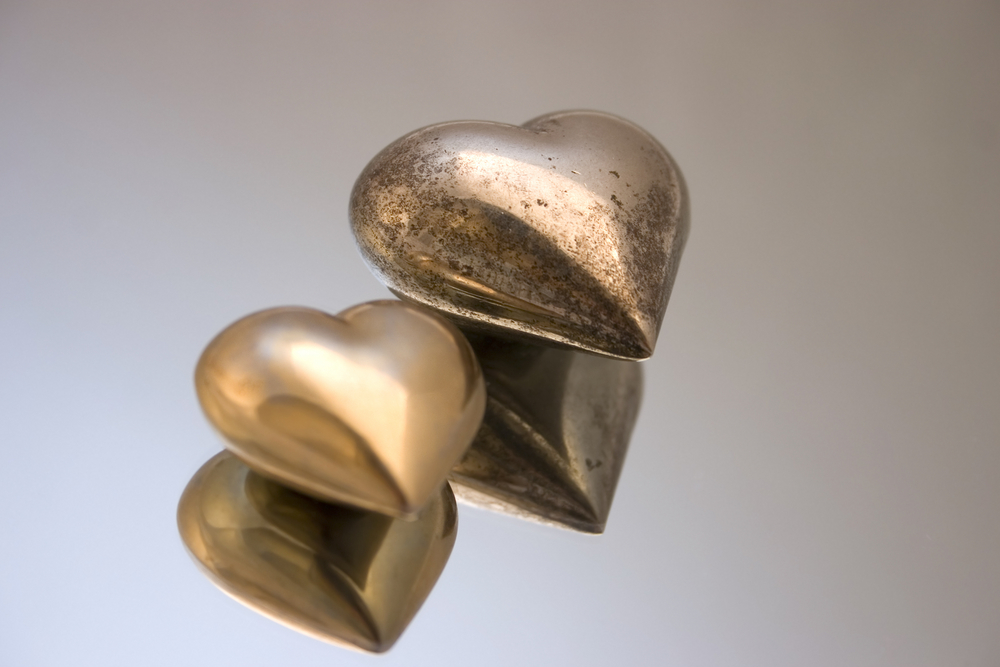
While certain metals naturally tarnish, a piece of handmade jewelry should arrive polished and free from tarnish. Premature tarnishing can indicate that lower-quality metals were used or that the piece wasn’t properly finished and protected against oxidation.
Poorly Executed Engraving
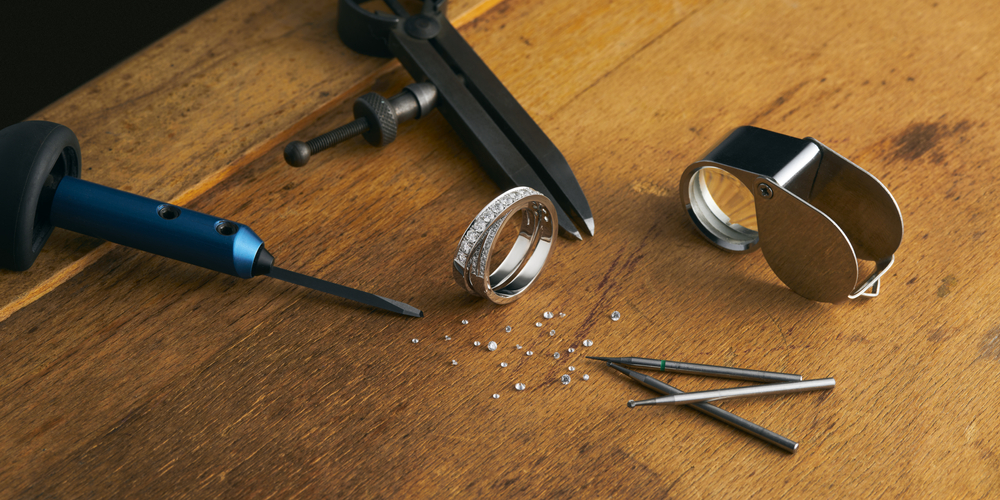
If the jewelry has engraving, it should be clean, sharp, and consistent. Faint, uneven, or jagged engraving suggests that the artisan lacked the proper tools or skills to execute the design well. Quality engravings add to the piece’s beauty and personalization.
Inconsistent Bead Spacing
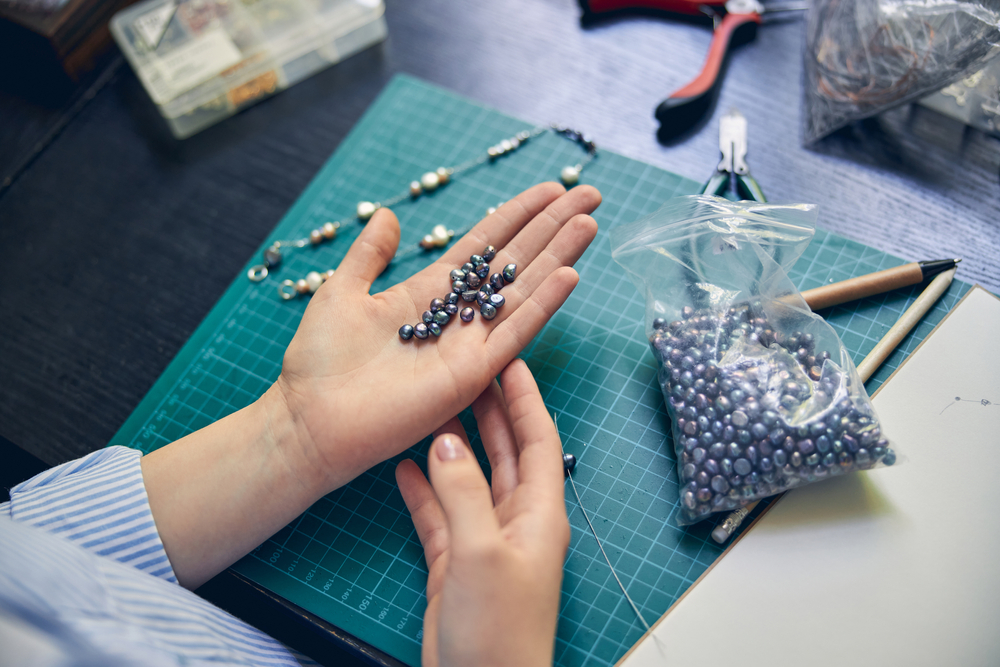
In beaded jewelry, the spacing between beads should be even and uniform. Uneven gaps or bead placement suggests poor craftsmanship and lack of precision. Properly strung beads will sit neatly together, creating a cohesive, professional appearance.
This article originally appeared on UnifyCosmos.
More from UnifyCosmos
18 Skincare Routines for a Fresh and Professional Appearance

Whether you’re getting ready for a big presentation or just want to look your best every day, having a clear plan can make all the difference. Below are 18 essential skincare steps arranged in the order you would typically follow for the best results. Read more!
21 Misconceptions About Parenting You Need to Know

In this article, we will debunk some of the most common myths about parenting, offering clarity and insight to help parents navigate their roles with confidence and understanding. Read more!
20 Common Beauty Myths You Should Stop Believing

In this article, we debunk some of the most widespread beauty myths that are totally false. By shedding light on these misconceptions, you’ll gain a clearer understanding of what truly works for your skin, hair, and overall beauty routine. Read more!
Leave a Reply